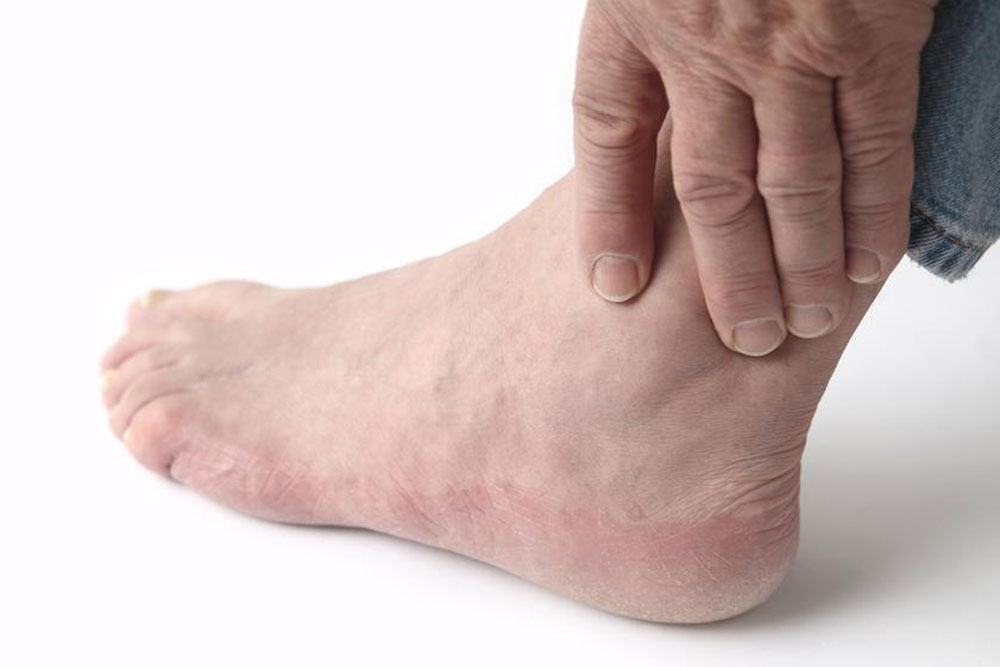Comprehensive Guide to Relieving Finger Numbness and Its Underlying Causes
This comprehensive guide explores the causes of finger numbness, including nerve injuries, systemic diseases, and mechanical compression. It offers effective strategies for management and emphasizes the importance of timely medical diagnosis. Understanding these factors can help individuals seek appropriate treatment, reduce discomfort, and prevent serious health complications related to nerve damage and systemic conditions.

Comprehensive Strategies and Insights for Managing Finger Numbness
Understanding and effectively addressing finger numbness
Experiencing persistent or intermittent numbness in your fingers can be unsettling and disruptive to daily life. While in many cases, finger numbness may be benign and transient, it can sometimes signal underlying health issues that require prompt attention. Recognizing when to seek medical advice is essential because certain causes of finger numbness can progress or become severe if left untreated. If you notice that numbness interferes with everyday activities or is accompanied by other symptoms such as weakness, tingling, or pain, consulting a healthcare professional is crucial.
Finger and hand numbness can significantly impair mobility and function, making simple tasks like typing, gripping objects, or writing difficult. Beyond discomfort, persistent numbness might point to nerve-related conditions that demand early diagnosis and management. Various factors may be responsible for this condition, including nerve damage, nerve compression, inflammation, or systemic health issues. Understanding these causes can help in seeking appropriate treatment and adopting strategies to alleviate symptoms effectively.
There are multiple potential causes behind finger numbness, some of which could be serious or life-threatening if not diagnosed and treated promptly. Recognizing early signs, such as tingling, shooting pains, or tremors before numbness, can be critical for timely intervention. If you experience these symptoms, especially if they are sudden or persistent, seeking professional medical evaluation is advised. Proper diagnosis involves understanding underlying mechanisms and identifying contributing factors.
Common causes of finger numbness
Nerve Injury Damage or irritation to nerve tissues throughout the body can manifest as numbness, tingling, or loss of sensation in the fingers. This can result from various sources, including trauma, repetitive movements, or nerve inflammation.
Factors that contribute to nerve damage in fingers
Diabetes Mellitus Chronic high blood sugar levels are known to cause peripheral neuropathy, damaging nerves in extremities such as fingers, hands, and feet. It is estimated that approximately 60% of individuals with diabetes experience some form of nerve impairment, leading to numbness, tingling, and reduced sensation. Maintaining optimal blood sugar control through diet, medication, and lifestyle changes can significantly reduce nerve damage risk.
Traumatic Injuries Physical injuries resulting from accidents, cuts, fractures, or repetitive strain can harm nerves directly or indirectly by causing swelling, inflammation, or nerve compression.
Carpal Tunnel Syndrome This common nerve compression disorder involves the median nerve, which runs through the wrist's carpal tunnel. Swelling, inflammation, or repetitive wrist movements can narrow this tunnel, compress the nerve, and produce symptoms such as tingling, weakness, and numbness predominantly in the thumb, index finger, middle finger, and part of the ring finger. Notably, the little finger typically remains unaffected due to nerve supply differences.
Cervical Radiculopathy Compression or inflammation of nerve roots in the cervical spine (neck region) can impair sensation and movement in the corresponding fingers. This condition often results from herniated discs, osteoarthritis, or spinal stenosis, leading to numbness, tingling, or weakness primarily on one side of the hand or arm.
Ulnar Nerve Entrapment The ulnar nerve supplies sensation to the little finger and part of the ring finger. When compressed around the elbow (elbow nerve entrapment or cubital tunnel syndrome), it can cause numbness, tingling, and weakness in these areas. Prolonged pressure or repetitive motions can contribute to this condition.
Rheumatoid Arthritis An autoimmune disorder that causes joint inflammation, rheumatoid arthritis can also lead to nerve compression due to swelling or deformity. Conditions like carpal tunnel syndrome frequently occur in RA patients, resulting in finger numbness, particularly in fingers other than the little and part of the ring finger.
Emergency Situations While isolated finger numbness is generally benign, certain accompanying symptoms necessitate urgent medical care. If numbness is accompanied by difficulty breathing, confusion, severe headache, speech difficulty, weakness, paralysis, dizziness, or chest pain, immediate medical attention is essential, as these signs may indicate a stroke, heart attack, or other critical conditions.
Importance of Accurate Diagnosis Correct diagnosis involves a comprehensive clinical assessment, nerve conduction studies, MRI scans, blood tests, and other diagnostic tools. Many conditions present with similar symptoms; for example, radiculopathy, carpal tunnel syndrome, and arthritis can all cause numbness. A precise diagnosis ensures effective treatment, whether it involves medication, physical therapy, or surgical intervention.
Understanding the multifaceted causes of finger numbness enables better management and treatment options. If you experience persistent or severe symptoms, seek professional medical advice for appropriate testing and intervention. Managing underlying conditions such as diabetes or autoimmune diseases, practicing ergonomic habits, and engaging in targeted physical therapy can significantly improve symptoms and prevent progression.
In conclusion, finger numbness should never be ignored. Early diagnosis and intervention can prevent complications and restore normal hand function. Patients are encouraged to adopt healthy lifestyles, maintain proper ergonomics, and consult healthcare providers at the first sign of troublesome symptoms.





